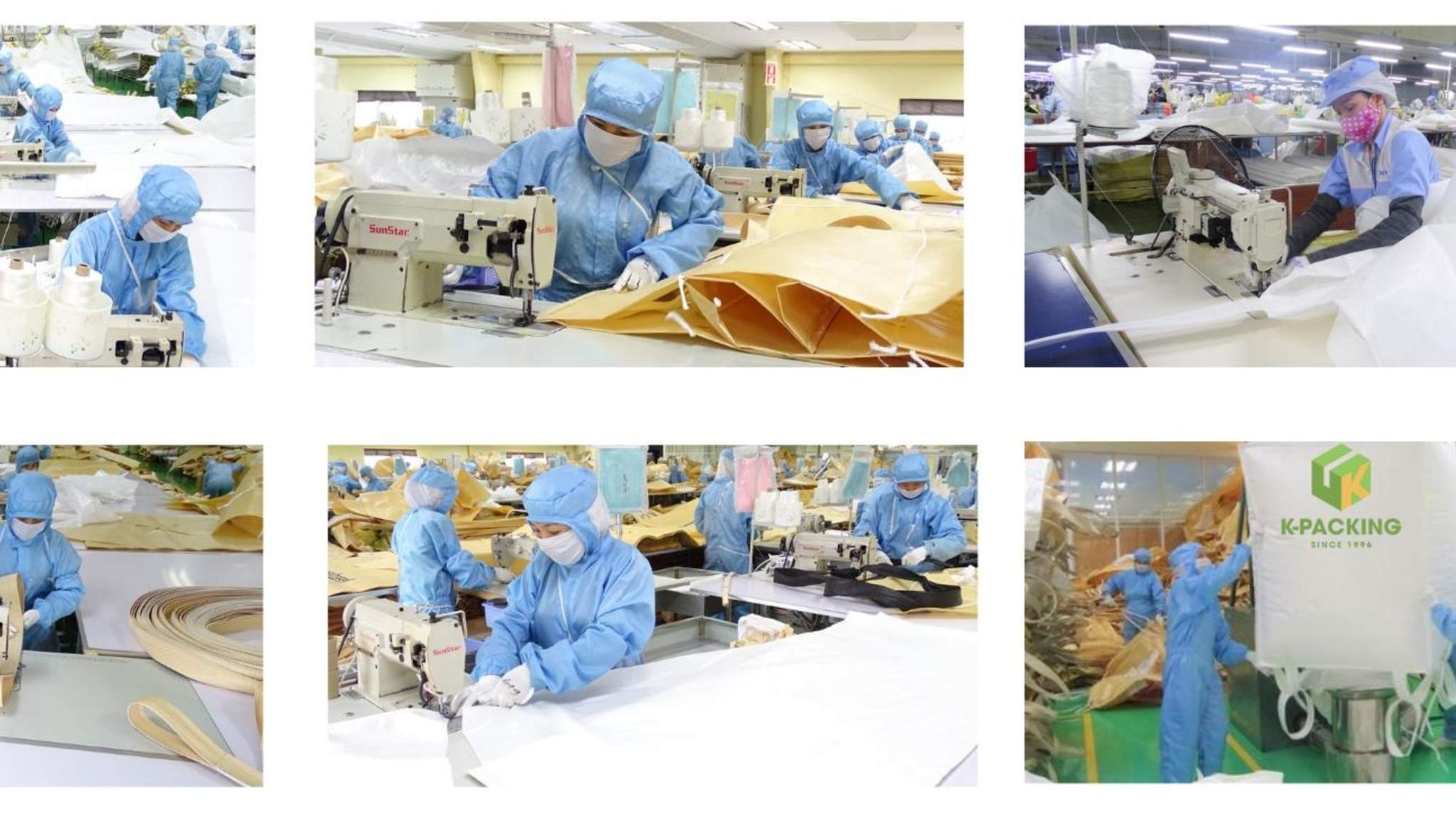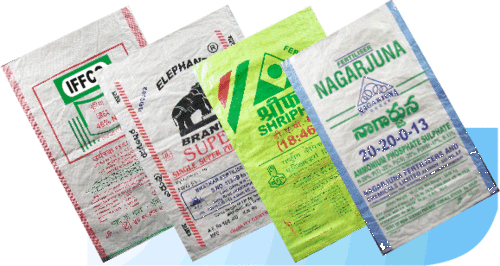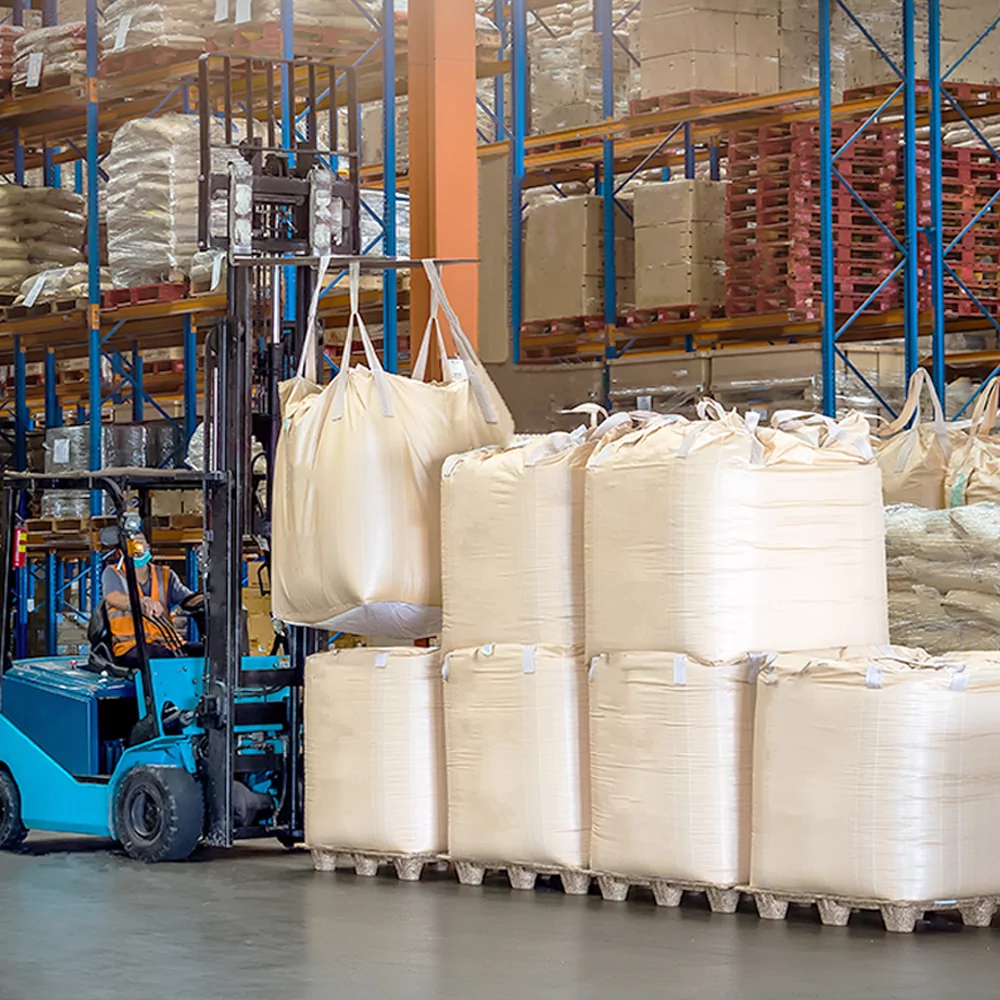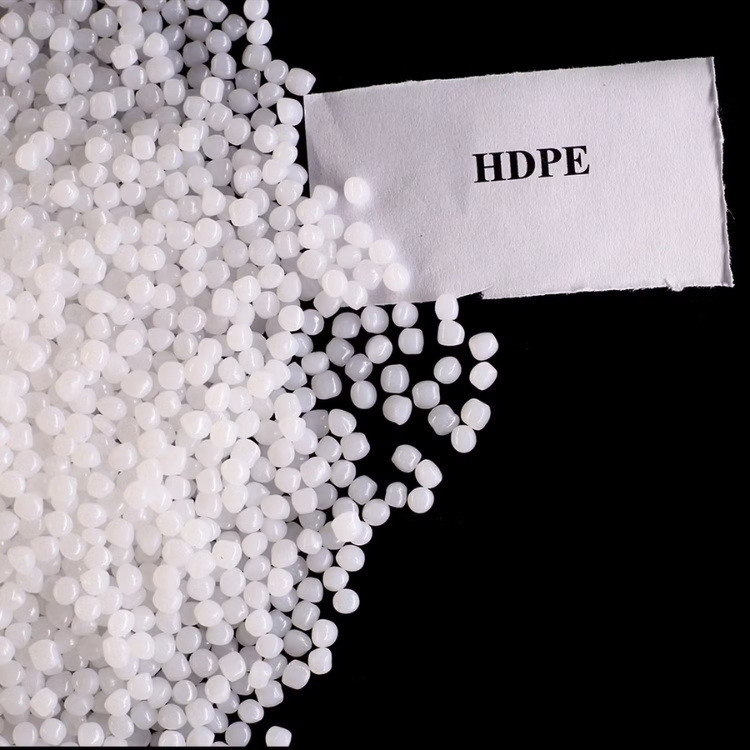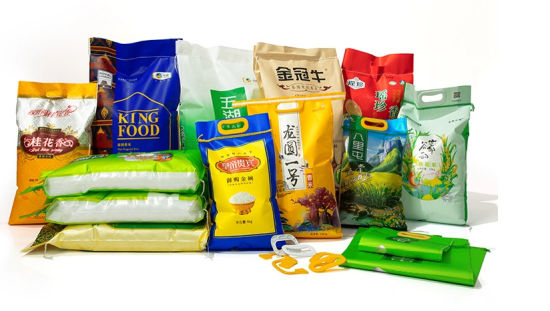As of 2025, the world produces over 460 million tons of plastic every year, most of it single-use items like bags, bottles, and food packaging. This massive output has turned plastic waste into one of today’s most urgent environmental crises.
Much of this plastic is not properly recycled and ends up in rivers, oceans, or burned in the open, polluting soil, water, and air. This harms ecosystems and human health – especially in developing countries where waste systems are still limited. Recent global talks (INC-5.2, Geneva 2025) have yet to deliver a strong plan to curb plastic production and use, keeping the crisis unresolved.
In this article, we’ll look at the 10 countries most affected by plastic pollution in 2025, uncover the key reasons behind their growing waste problems, and explore practical solutions that governments, businesses, and citizens can take to protect our planet.
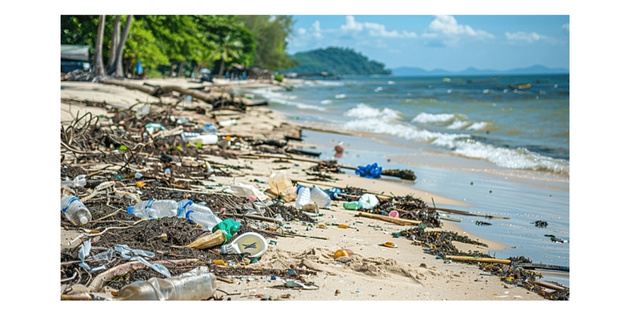
Top 10 most plastic polluted countries in 2025
1. India’s plastic pollution
India is the largest plastic waste generator in the world, producing about 9.3 million tons every year – nearly 20% of global plastic pollution. Each person uses around 11 kg of plastic annually, and this number is rising as cities grow and lifestyles change.
Although most of the waste is collected, about 1 in 5 pieces of plastic is still burned, dumped, or leaked into nature. Big cities like Delhi and Mumbai struggle with huge daily piles of plastic waste, creating giant landfills that harm people’s health.
To fight this, the Indian government has banned many single-use plastics like thin bags, straws, and disposable cups. It is also improving recycling rules and pushing companies to take responsibility for the plastic they produce. But experts say India still needs more investment in recycling systems and public education to truly solve the problem.

2. Indonesia’s Plastic Pollution
Indonesia is facing a plastic waste crisis – now producing nearly 7 million tons every year, more than twice as much as just a few years ago. This rapid rise has made the country the second-biggest source of ocean plastic pollution worldwide, with a huge amount of waste leaking into rivers and the sea.
To slow this problem, the government is banning single-use plastic items in malls, hotels, and tourist spots starting in 2026, and new rules will require companies to take back and recycle the plastic they produce.
Even so, most plastic is still not recycled, and waste systems remain weak in many areas. Indonesia is rushing to improve collection, build recycling facilities, and protect its famous beaches and marine life before the situation gets even worse.

3. Nigeria’s plastic pollution
Right after India, Nigeria is the world’s second-largest plastic polluter, generating more than 3.5 million tons of plastic waste every year. Recycling rates are extremely low – only about 12% of plastic is recycled, while most is burned, dumped, or poorly buried.
The city of Lagos faces the biggest challenge: about 60 million water sachets are thrown away on its streets every single day. Although the government banned many single-use plastics in July 2025 and even closes shops that break the rules, enforcement is still difficult because there are few affordable alternatives for consumers.
To improve the situation, Nigeria is preparing Extended Producer Responsibility (EPR) rules with UNEP support, which will make producers and importers responsible for managing the plastic they create. New recycling businesses and international partnerships are also helping, but better waste systems and public education are still needed to slow this crisis and protect Nigeria’s 850 km of coastline and marine life.

4. China’s Plastic Pollution
China produces about 2.8 million tons of plastic waste each year and is still the largest producer of single-use plastics in the world. The national recycling rate is now around 17%, but big cities like Shanghai have gone further by introducing mandatory waste sorting since 2019 – helping boost recycling and reduce trash sent to landfills or burned.
The government’s 2021–2025 action plan includes banning ultra-thin plastic bags, straws, and many single-use hotel items, and cutting plastic use in take-out services by 30% in major cities. Violations face strict fines, showing how seriously China is taking this issue.
To support these efforts, China is expanding waste-to-energy facilities capable of handling hundreds of thousands of tons of trash per day and investing heavily in biodegradable materials. While the challenge remains huge, China is clearly taking large-scale action to cut plastic pollution and move toward a circular economy.

5. Pakistan’s Plastic Pollution
Pakistan generates about 2 million tons of plastic waste each year, slightly lower than before, but a shocking 86% of it is poorly managed – leaking into rivers, streets, and landfills. Most waste collection relies on informal workers, often without safety protection, and less than 10% of plastic is recycled.
Pakistan still imports tens of thousands of tons of plastic waste each year for recycling, often handled in facilities with weak environmental controls. Some provinces like Punjab and Islamabad have banned single-use plastics and are cracking down on violators by seizing banned products and fining businesses. Since 2023, the country has also banned the production of non-biodegradable plastics.
In 2025, Pakistan launched its National Plastic Action Partnership (NPAP) with UNDP and the World Economic Forum to push for better waste management, plastic credits, and circular economy solutions. While there is still no nationwide ban on single-use plastics, several provinces are working toward “plastic-free cities.” The challenge remains huge, but these steps signal a stronger commitment to fighting plastic pollution.
6. Vietnam’s Plastic Pollution
Vietnam produces about 1.8 million tons of plastic waste every year, but only around 27% is recycled. Most of the rest is burned or buried, wasting resources and polluting the environment.
To address this, the government has set ambitious goals – including cutting ocean plastic by 75% by 2030 and banning non-biodegradable single-use plastics by 2031. Hanoi also plans to phase out single-use plastics in hotels, restaurants, markets, and public spaces step by step from 2026 to 2031.
Vietnam’s recycling market is growing, with more plastic bottles being collected and reused, and many projects are testing eco-friendly materials and circular business models. Still, the country needs major investment in waste infrastructure over the next few years to reach its targets and create a cleaner, more sustainable future.
7. Bangladesh’s Plastic Pollution
Bangladesh produces around 1.7 million tons of plastic waste every year, and rapid urban growth has made waste management a serious challenge. Many cities struggle to keep up, putting pressure on the environment and public health.
The country collects about 646 tons of plastic waste per day, which is still a small share of total waste but shows growing awareness and local efforts to manage plastic more responsibly. Bangladesh has set an ambitious goal to recycle 50% of plastic waste by 2025, requiring strong cooperation between government, small businesses, and communities.
Microenterprises are expected to play a key role by turning waste into valuable products through innovative recycling models. These efforts signal Bangladesh’s determination to build a more sustainable waste system and fight plastic pollution nationwide.
8. Russia’s Plastic Pollution
Russia generates around 1.7 million tons of plastic waste per year, and pollution is now visible even in remote areas like Lake Baikal and the Russian Arctic. Microplastics have been found at levels similar to heavily populated freshwater regions, mostly from packaging waste and abandoned fishing nets.
In September 2025, Russia introduced a ban on non-recyclable PET packaging to reduce landfill pressure and environmental damage. Plans to ban all single-use plastics such as straws and cutlery have been delayed but are still under discussion. Around Moscow, new projects are improving recycling technology to recover more plastic and cut down on waste going to landfills.
Despite these efforts, Russia still struggles with outdated infrastructure, high recycling costs, and political challenges that slow environmental progress. The country is in a transition phase, gradually tightening plastic regulations and investing in better waste collection and recycling systems.
9. Brazil’s Plastic Pollution
Brazil generates around 1.4 million tons of plastic waste each year, the highest in South America but still less than countries like Bangladesh or Russia despite its large population. The country’s recycling rate is just 4%, far below the global average and neighboring countries like Chile and Argentina.
Over 3,000 open landfills operate across Brazil, and about a quarter of cities still lack basic recycling infrastructure, leaving much of the waste to be dumped or burned. Even marine protected areas are showing worrying levels of microplastic pollution, threatening biodiversity and fisheries.
Brazil is taking steps to address the crisis: lawmakers are debating a single-use plastic ban by 2030, and PET recycling is growing quickly – over 410,000 tons were recycled in 2024, much of it used in beverage packaging and textiles. International partnerships are helping smaller cities build sorting centers, and studies show that cutting single-use plastic could unlock billions of reais in market value while reducing millions of tons of CO₂ by 2040.
10. Thailand’s Plastic Pollution
Thailand generates about 1 million tons of plastic waste each year and is the sixth-largest contributor to ocean plastic pollution in the world. The country officially banned all plastic waste imports from January 1, 2025, completing a phased plan that began in 2020.
Alongside the import ban, Thailand is promoting a Bio-Circular-Green (BCG) economy, encouraging waste separation at source, cutting single-use plastics, and improving recycling systems in major cities. The WWF-led Plastic Smart Cities program has already recovered over 2,000 tons of plastic waste in pilot cities like Surat Thani and Koh Samui, and local governments are partnering with businesses and schools to raise awareness and reduce plastic use.
Thailand is also testing Extended Producer Responsibility (EPR) for plastic packaging, aiming to boost recycling rates by 2027. However, challenges remain as plastic consumption is still rising due to tourism and economic growth – meaning deeper changes in production and consumption are needed to tackle the problem at its root.
Why plastic waste keeps growing?
In 2025, global plastic waste continues to rise sharply. The main reason is massive use of single-use plastics (bags, food containers, straws…) combined with weak waste collection and recycling systems, leaving millions of tons of plastic leaking into nature every year:
- Population & consumption growth: Economic development and rapid urbanization drive higher demand for packaging and plastic products.
- Poor waste management: Collection and recycling systems are still weak, so much plastic is dumped, burned, or washed into rivers and oceans.
- Tourism & single-use habits: Food, drink, and shopping services generate huge amounts of single-use plastic.
- Weak enforcement: Even where bans exist, enforcement is often slow, so single-use plastic remains common.
What’s the solution?
The plastic waste crisis cannot be solved by one group alone – it needs action from governments, businesses, and everyday citizens. Each plays a different but equally important role: governments set the rules and build infrastructure, businesses redesign products and packaging, and citizens change daily habits to reduce plastic use:
1. Government
Governments play a leading role by creating clear regulations to control plastic pollution. Bans or limits on single-use plastics, along with Extended Producer Responsibility (EPR) policies, can make producers responsible for collecting and recycling their own products.
Beyond regulations, governments need to invest in modern waste infrastructure. This means building and upgrading collection, sorting, and recycling facilities so plastic waste doesn’t end up in open landfills or rivers.
Strict inspections and penalties are also essential to stop illegal dumping and unsafe recycling practices. At the same time, governments can encourage change by offering tax incentives and funding for circular economy projects – including support for companies that produce reusable bags and sustainable packaging solutions.
2. Businesses
Businesses can make a major difference by redesigning products and packaging. Using recycled or biodegradable materials and cutting unnecessary plastic helps reduce waste right from the start.
They should also take part in EPR programs, taking back and recycling the packaging and products they sell. One effective step is to offer reusable bags or eco-friendly alternatives at stores, encouraging customers to stop relying on single-use plastic bags.
Partnerships with governments and local communities are another key step. Businesses can sponsor collection points, run awareness campaigns, and support recycling initiatives that make it easier for consumers to return used plastic.
3. Citizens
Individuals are at the front line of this challenge. Simple actions like refusing single-use plastics, bringing reusable bags and bottles, and sorting plastic waste at home can have a big collective impact.
Joining community clean-up events or campaigns helps keep neighborhoods, rivers, and beaches free from trash. These activities also inspire others to take action.
Finally, supporting green businesses that use eco-friendly materials sends a powerful signal to the market. When consumers choose reusable and sustainable products, companies have more reason to invest in better solutions.
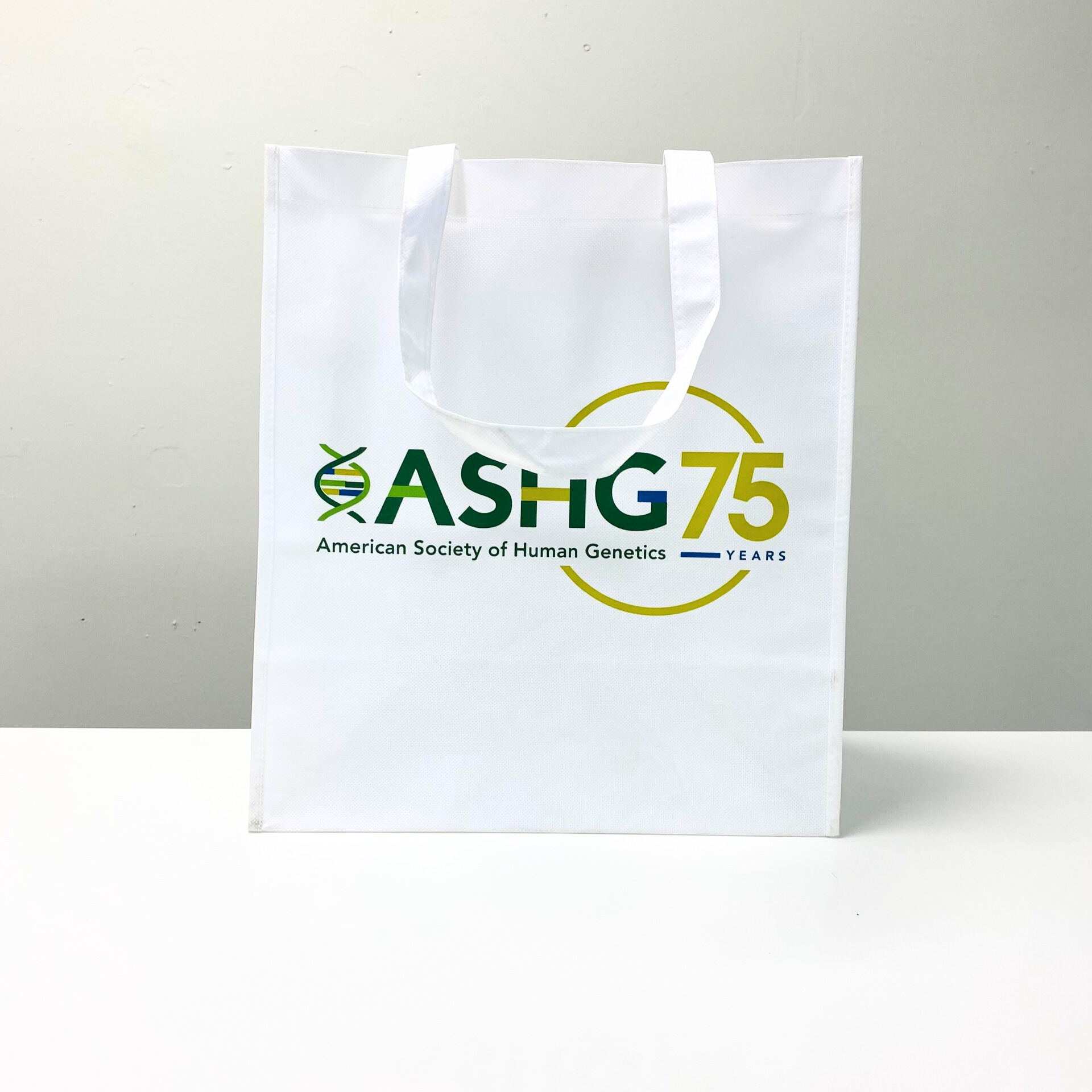
Together, we can protect our planet and create a cleaner future.





